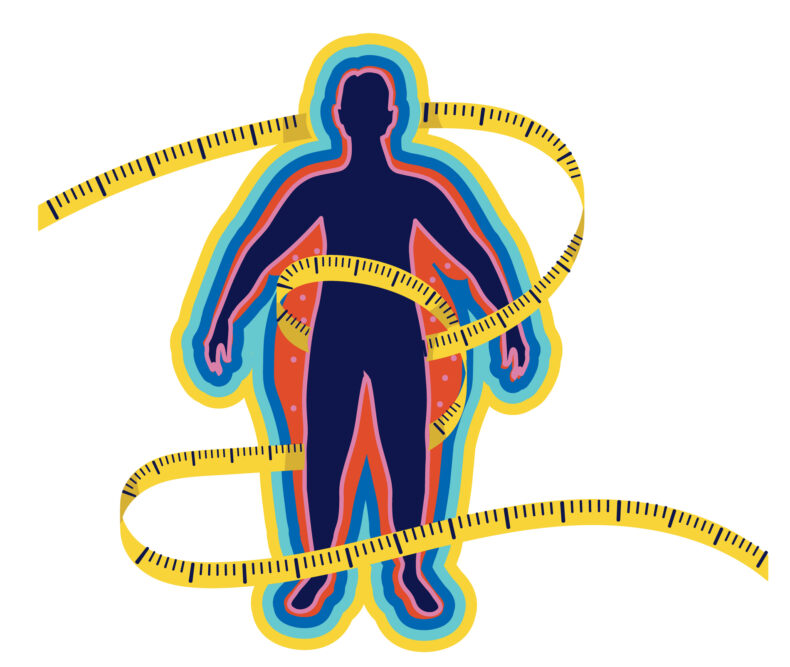
by Kelsey Herbers
Noise levels inside downtown Nashville’s “honky-tonk” venues may surpass safe listening levels, a new study by Vanderbilt University Medical Center researchers reports.
The study, published in The Laryngoscope, measured noise levels for 60 minutes inside 10 randomly selected venues on Lower Broadway and compared the results to safe listening guidelines set forth by the National Institute of Occupations Safety and Health (NIOSH). Live music performances took place during all recordings.
Researchers found that the average maximum sound level across all venues was approximately 127 decibels, which is roughly equivalent to that of a military jet aircraft takeoff or ambulance siren. According to the NIOSH guidelines, exposure to this noise level should not exceed one second without adequate hearing protection.
For 90% of the 12 hours of data recorded, sound levels met or surpassed approximately 101 decibels, which can be considered the level of “background noise.” Exposure to this noise level should not exceed 12 minutes.
For 10% of the recorded time, noise levels sat at or above 115.2 decibels, to which exposure should not exceed 28 seconds without adequate hearing protection.
The maximum noise level recorded was 131.08 decibels. This measurement was taken approximately 50 feet away from the venue’s main speakers.
According to a recent analysis by the Centers for Disease Control and Prevention (CDC), only approximately 8% of U.S. adults consistently use hearing protection devices, such as earplugs, at loud athletic and entertainment venues. People who spend large amounts of time in these environments without taking the necessary precautions are at risk for permanent hearing damage, researchers warn.
“If you want to protect your long-term hearing health, you need to understand what the noise levels are, and you need to take precautions to help avoid noise-induced hearing loss. That doesn’t only apply to music venues downtown — it applies to all places with loud sound exposures,” said Sarah Tittman, MD, resident physician in the Department of Otolaryngology-Head and Neck Surgery and the study’s lead author.
“We don’t have great, simple treatments for noise-induced hearing loss, so prevention is the best measure. We just want to open people’s eyes so they understand this is something they need to think about.”
Most of the recordings were taken on weekdays during daytime hours and at locations inside the venue that were distanced from the stage. Researchers say noise levels may be louder on weekend evenings when the venues have larger crowds.
Aside from bringing earplugs, patrons can limit their exposure by stepping outside for listening breaks, limiting the amount of time they spend in each venue and standing further away from the speakers. These precautions are also important for the venues’ staff and performers, who are often exposed for longer periods of time.
“The goal of this study is not to discourage people from enjoying a night out at one of these downtown venues. We simply recommend they limit their exposure to long periods of loud music,” said Roland Eavey, MD, Guy M. Maness Professor and chair of Otolaryngology-Head and Neck Surgery and director of the Vanderbilt Bill Wilkerson Center. “Performers can also limit their exposure by increasing breaks between sets. You can be mindful of your exposure and still have fun.”
According to Tittman, new portable technology makes it easier for people to be aware of noise levels wherever they are. Researchers used a smartphone app and inexpensive external microphone to record sound levels.
By increasing awareness around noise-induced hearing loss, Tittman hopes people will have the tools needed to make informed decisions.
“I think as a society, we have to get to a place where we can appreciate music that isn’t so loud,” said Tittman. “Is it significantly more enjoyable to go to a concert that’s 130 decibels versus 105 decibels? We seem to have this thought that the louder the music seems, the better it is.”

















